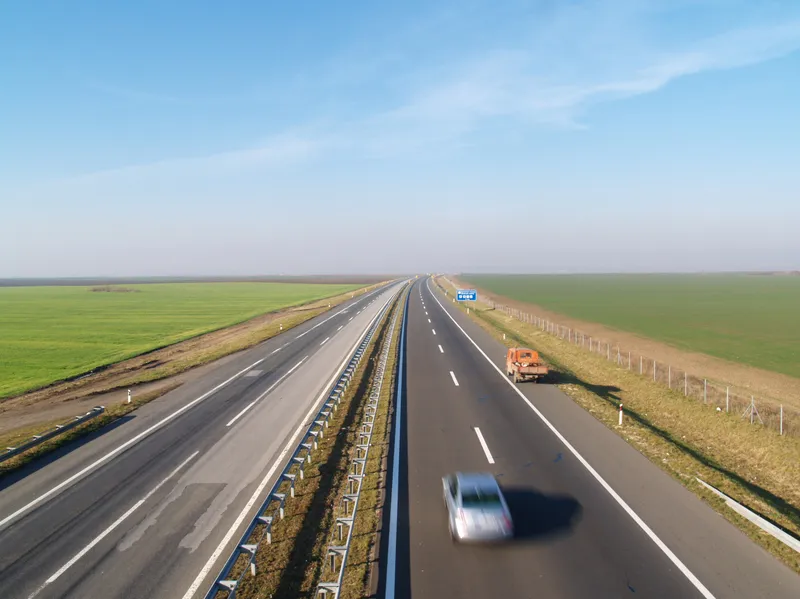
Serbia’s state highways agency Roads of Serbia - JP Putevi Srbije - has launched a project to integrate modern ITS technical solutions along one of its major highways.
State road 23, from Čačak via Zlatibor - commonly known as the Zlatibor Highway - is a 1B-class road in central and western Serbia, connecting Pojate with Gostun on the border with Montenegro.
Upgrades include variable message signs and better meteorological road stations to alert drivers of changeable driving conditions. The technology will have sensors for measuring visibility distances, wind speed and road surface conditions. Traffic congestion alerts will be part of the upgrades.
Late last year, Roads of Serbia reported that the third section of the new 109km Morava A5 Motorway opened to traffic, following the early opening of the first two sections earlier in the year. The A5, 112km long, will be the country's second major transport artery. It will connect east to west, from Pojate to Preljina.








